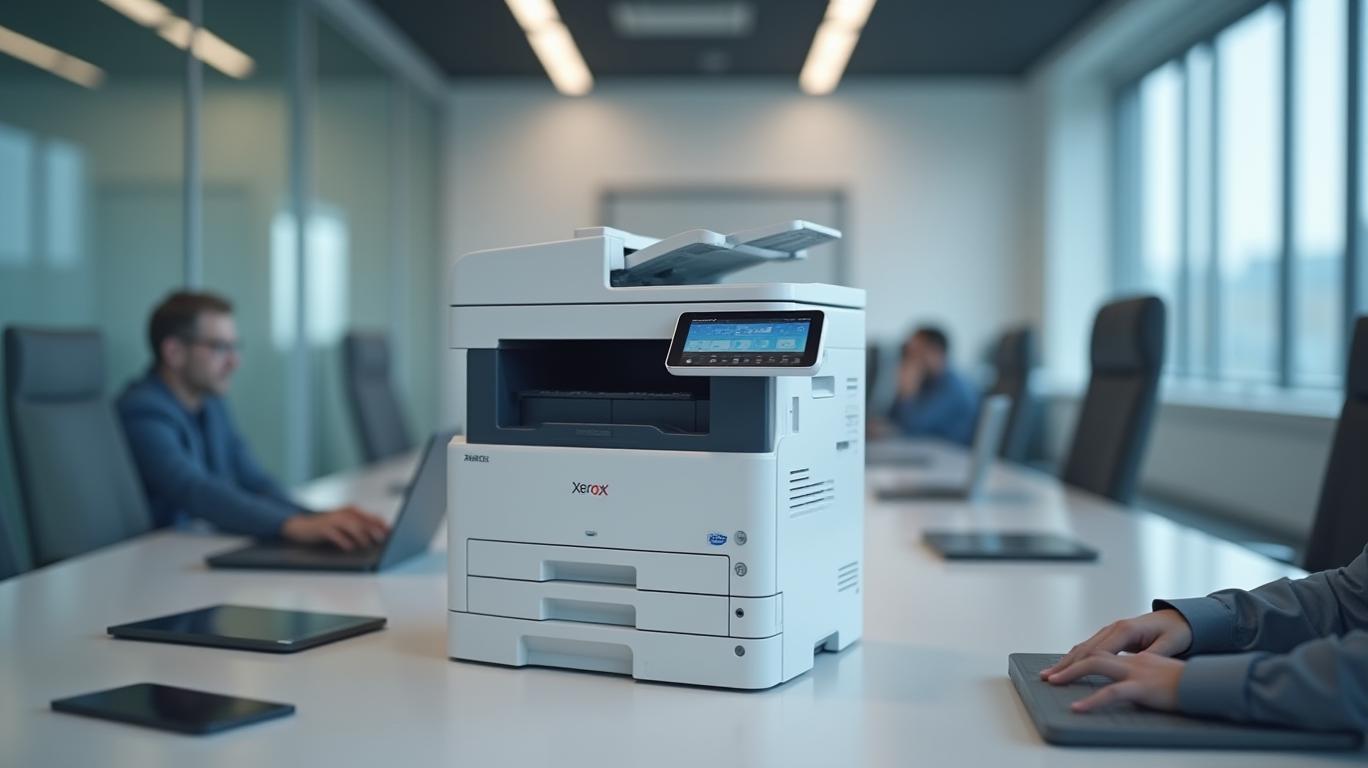Xerox Misses Estimates Again: A Dividend Disaster in the Making?
Xerox’s first-quarter 2025 earnings report has once again fallen short of expectations, raising red flags about its ability to navigate declining demand for traditional printing services and mounting financial pressures. The company reported a non-GAAP EPS of -$0.06, missing by $0.03, while revenue of $1.46 billion fell $60 million below estimates. The miss underscores a troubling pattern of underperformance, with the stock now down 67% over the past year as investors grow skeptical of its turnaround strategy.

The Numbers Tell a Troubling Story
The print sector’s decline is central to Xerox’s struggles. Revenue from its Print and Other segment dropped 9.4% year-over-year to $1.29 billion, with managed print services (MPS) and equipment sales both weakening. Meanwhile, the IT Solutions segment, fueled by the ITsavvy acquisition, grew revenue by 121.6%, but this wasn’t enough to offset broader headwinds.
The adjusted operating margin narrowed to 1.5%, a 70 basis point decline from the prior year, reflecting cost pressures and weak demand. Free cash flow turned negative at -$109 million, a $20 million deterioration year-over-year, signaling liquidity challenges.
Debt and Dividend Risks Are Mounting
Xerox’s $3.6 billion debt load and recent issuance of $800 million in senior secured notes (including 13.5% second-lien notes) to fund its Lexmark acquisition have investors worried. The deal, intended to boost print services and reduce costs, faces regulatory hurdles and execution risks.
Analysts highlight the 12.92% dividend yield—the highest among peers—as a ticking time bomb. With negative trailing EPS (-$10.74) and free cash flow in the red, sustaining the dividend becomes increasingly unrealistic. A cut could trigger a sell-off, compounding the stock’s woes.
The Lexmark Gamble and Tariff Headwinds
CEO Steve Bandrowczak emphasized the Lexmark acquisition as critical to Xerox’s future, but the $2.8 billion deal is contingent on closing by year-end. Delays or cost overruns could strain the balance sheet further.
Meanwhile, tariffs remain a wildcard. Xerox now sources less than 10% of its U.S. purchases from China, but global trade tensions could still disrupt supply chains. The company estimates tariffs could cost $50 million in 2025, though it plans to pass these costs to customers via price hikes.
Analysts Are Losing Patience
Xerox holds a Zacks Rank #5 (“Strong Sell”), with analysts citing its -7.2% five-year ROIC and 6× debt-to-EBITDA ratio as unsustainable. The stock’s 3.4x forward P/E appears cheap, but it reflects justified pessimism about Xerox’s ability to stabilize its business.
The consensus price target of $10.50 (implying a 137% upside from current levels) hinges on a turnaround, but repeated earnings misses—four straight quarters of EPS disappointments—undermine credibility.
Conclusion: A High-Risk Gamble with Little Margin for Error
Xerox’s Q1 miss isn’t an isolated issue but part of a broader narrative of declining profitability, debt-driven acquisitions, and a fading legacy business. With its dividend at risk, weak cash flow, and mounting leverage, the stock remains a speculative play for investors willing to bet on a Lexmark-driven turnaround.
The data is clear: Xerox’s shares have lost two-thirds of their value in a year, and its financial metrics—negative EPS, shrinking margins, and a debt pile—paint a cautionary picture. Unless management delivers on its “Reinvention” strategy (including margin improvements and Lexmark synergies), this dividend trap could become a disaster. Investors are better served looking elsewhere for safer bets.
In short, Xerox’s story is one of a company fighting for relevance in a digital world, with little room for error. The stakes couldn’t be higher.


_442a2dcc1749832873286.jpeg)
_e68fac6d1749831664430.jpeg)






